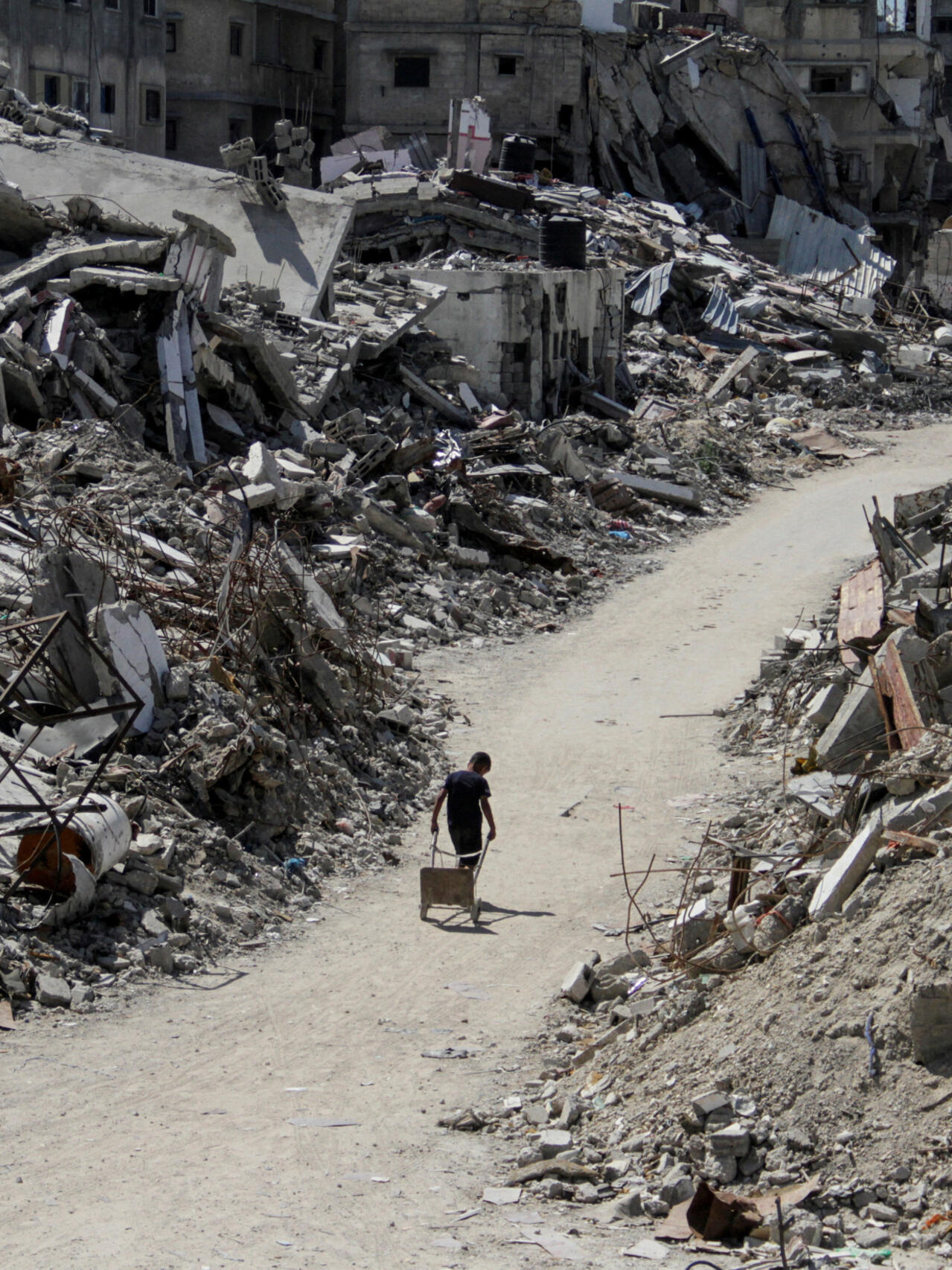
Nearly 100 People Attend EPA Meeting on Air Pollution in Calvert City, Kentucky
Nearly 100 people gathered at the library in Calvert City, Kentucky, for a public meeting hosted by the Environmental Protection Agency (EPA) on air pollution. The meeting was prompted by the agency’s discovery of elevated levels of chemicals in the area that can pose an increased risk of cancer.
Challenges in Cleaning Up Polluted Communities
The meeting in Calvert City highlighted the challenges faced in cleaning up polluted communities, with experts noting that it is nearly impossible to completely eliminate pollution once a community becomes a hot spot for toxic air pollutants. ProPublica’s investigation into sacrifice zones, areas heavily impacted by cancerous pollution from industrial plants, revealed that success stories of cleaning up these areas are rare.
ProPublica’s Investigation into Sacrifice Zones
In 2021, ProPublica published a national map of over 1,000 communities that have become sacrifice zones due to pollution from refineries, chemical plants, and plastic producers. The investigation highlighted the failures of state and federal regulators in protecting these communities, including the lack of air monitors, failure to alert residents, and inadequate penalties for polluters.
The Case of Calvert City and Westlake Corp.
Calvert City has been heavily impacted by toxic air pollution from three facilities owned by Westlake Corp. Since the early 2000s, monitors near these facilities have detected alarming levels of ethylene dichloride, a chemical linked to various cancers. Westlake Corp. has been fined multiple times for leaking air toxics since at least 2010.
EPA’s Efforts and Challenges
The EPA has inspected Westlake’s facilities, updated federal rules on industrial pollution, and is working with the company on voluntary measures to reduce emissions in Calvert City. However, the EPA is understaffed, and its reviews of chemical plant regulations can take decades. The agency’s ability to penalize polluters and enforce stricter regulations is often hindered by lengthy negotiation processes and limited resources.
Community Concerns and Calls for Action
Residents in Calvert City expressed frustration and concern during the public meeting. They called for more immediate action from the EPA to protect public health, including community cancer screenings and stronger enforcement against polluters. The updated EPA regulations for Westlake Vinyls, which require the installation of air monitors and investigation of high emissions, could make a difference in addressing the pollution issue.
Lessons from Louisville’s Air Toxics Reduction Program
Experts pointed to Louisville, Kentucky, as a partial success story in addressing air toxics pollution. The city adopted a stricter air toxics reduction program in 2005, which led to initial improvements. However, ongoing challenges remain, including inadequate funding for air monitoring and ineffective investigations.
SDGs, Targets, and Indicators
SDGs Addressed:
- SDG 3: Good Health and Well-being
- SDG 6: Clean Water and Sanitation
- SDG 11: Sustainable Cities and Communities
- SDG 13: Climate Action
- SDG 15: Life on Land
Targets:
- Target 3.9: By 2030, substantially reduce the number of deaths and illnesses from hazardous chemicals and air, water, and soil pollution and contamination.
- Target 6.3: By 2030, improve water quality by reducing pollution, eliminating dumping and minimizing release of hazardous chemicals and materials, halving the proportion of untreated wastewater, and increasing recycling and safe reuse globally.
- Target 11.6: By 2030, reduce the adverse per capita environmental impact of cities, including by paying special attention to air quality and municipal and other waste management.
- Target 13.2: Integrate climate change measures into national policies, strategies, and planning.
- Target 15.9: By 2020, integrate ecosystem and biodiversity values into national and local planning, development processes, poverty reduction strategies, and accounts.
Indicators:
- Indicator 3.9.1: Mortality rate attributed to household and ambient air pollution
- Indicator 6.3.2: Proportion of bodies of water with good ambient water quality
- Indicator 11.6.2: Annual mean levels of fine particulate matter (e.g., PM2.5 and PM10) in cities (population weighted)
- Indicator 13.2.1: Number of countries that have communicated the establishment or operationalization of an integrated policy/strategy/plan which increases their ability to adapt to the adverse impacts of climate change, and foster climate resilience and low greenhouse gas emissions development in a manner that does not threaten food production
- Indicator 15.9.1: Progress towards national targets established in accordance with Aichi Biodiversity Target 2 of the Strategic Plan for Biodiversity 2011-2020
Behold! This splendid article springs forth from the wellspring of knowledge, shaped by a wondrous proprietary AI technology that delved into a vast ocean of data, illuminating the path towards the Sustainable Development Goals. Remember that all rights are reserved by SDG Investors LLC, empowering us to champion progress together.
Source: propublica.org

Join us, as fellow seekers of change, on a transformative journey at https://sdgtalks.ai/welcome, where you can become a member and actively contribute to shaping a brighter future.






